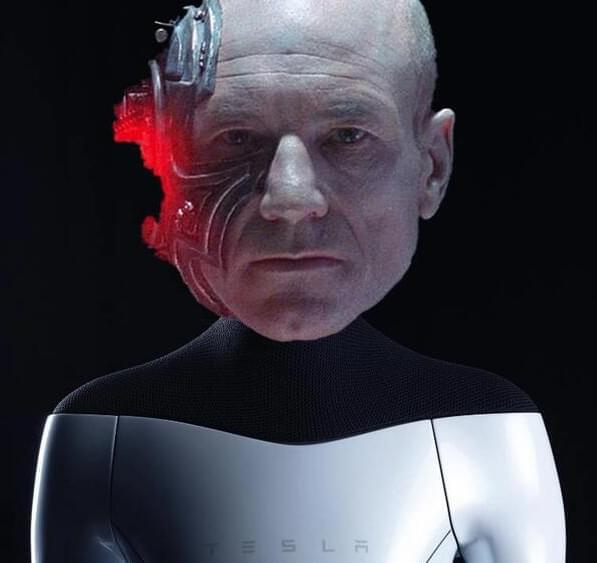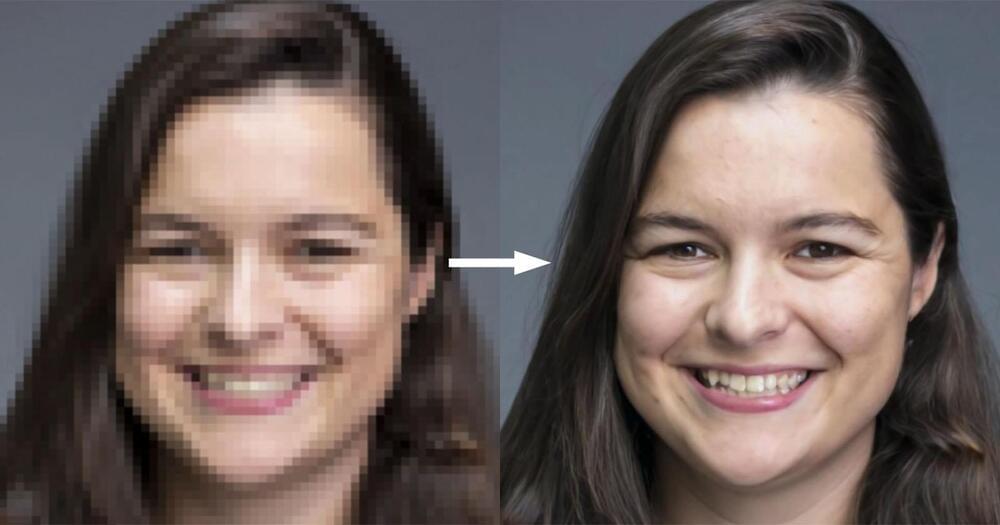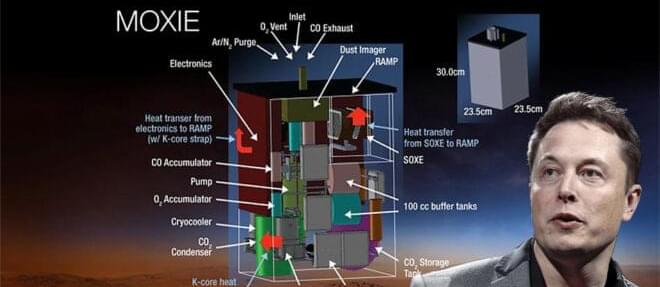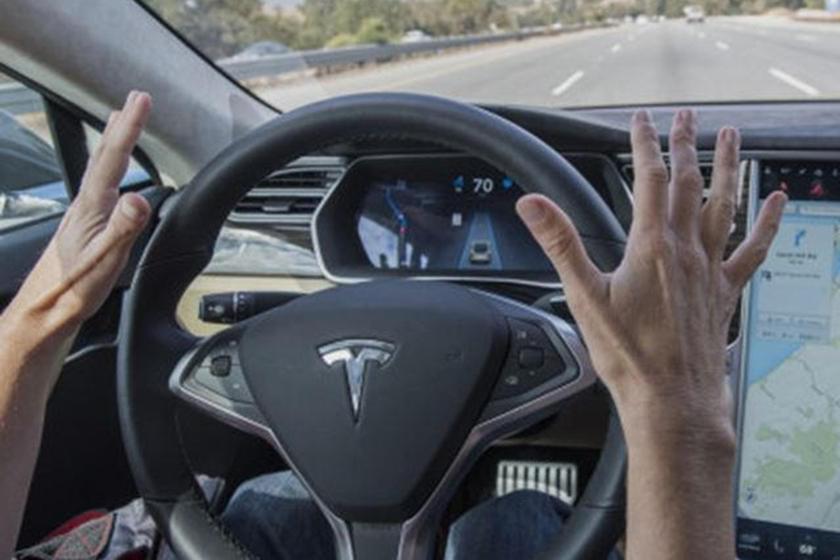If you’re worried about killer robots, we’ve got some good news for you: Future evil AI overlords are more likely to steal your body than murder you! Yay! property= description.





Scientists say a rare shark “virgin birth” may be the first of its kind after a baby shark was born in an all-female tank in an Italian aquarium.
The baby smoothhound shark, named Ispera, which means hope in Sardianian, was born at the Acquario di Cala Gonone in Sardinia, Italy, according to Italian outlet AGI.
Its mother had spent ten years living in a tank with one other female, the outlet said, and scientists suspect the newborn could be the first documented case of shark parthenogenesis in that species.

NASA’s MOXIE could make breathing in Mars a reality. The space agency’s new invention can turn Martian air into oxygen, making it a game-changer for future Mars explorations.
According to Popular Mechanics’ latest report, it is impossible to breathe on Mars since its atmosphere is around 1% the density of Earth’s. Will this be beneficial for Elon Musk’s planned ‘Mars City?’. NASA’s MOXIE experiment will soon have an answer for us to thrive longer on the red planet. This weekend, the space agency hopes that the automated system could be the saving grace for humans to live on Mars if a time comes that the Earth becomes unsuitable for living.
The device called Mars Oxygen In-Situ Resource Utilization Experiment could supply humans with oxygen through extracting from the atmosphere of the red planet which is composed of 96% of carbon dioxide. The process will be made possible through electrolysis which involves the device being run through an electrical current. Since the Perseverance rover’s touchdown in February, MOXIE will conduct the third oxygen-extraction procedure. Moreover, what it produces could supply enough oxygen for humans that is good for 10 to 15 minutes.

“The network learned to find fundamental concepts that are key to molecular structure formation, but without explicitly being told to,” Townshend added. “The exciting aspect is that the algorithm has clearly recovered things that we knew were important, but it has also recovered characteristics that we didn’t know about before.”
Having shown success with proteins, the researchers turned their attention to RNA molecules. The researchers tested their algorithm in a series of “RNA Puzzles” from a longstanding competition in their field, and in every case, the tool outperformed all the other puzzle participants and did so without being designed specifically for RNA structures.
“We introduce a machine learning approach that enables identification of accurate structural models without assumptions about their defining characteristics, despite being trained with only 18 known RNA structures,” the authors of the Science article wrote. “The resulting scoring function, the Atomic Rotationally Equivariant Scorer (ARES), substantially outperforms previous methods and consistently produces the best results in community-wide blind RNA structure prediction challenges.”

CAPE CANAVERAL, Fla. — A SpaceX shipment of ants, avocados, and a human-sized robotic arm rocketed toward the International Space Station on Sunday.
The delivery — due to arrive Monday — is the company’s 23rd for NASA in just under a decade.
A recycled Falcon rocket blasted into the predawn sky from NASA’s Kennedy Space Center. After hoisting the Dragon capsule, the first-stage booster landed upright on SpaceX’s newest ocean platform, named “A Shortfall of Gravitas.” SpaceX founder Elon Musk continued his tradition of naming the booster-recovery vessels in tribute to the late science fiction writer Iain Banks and his Culture series.
The global revenue of the pharmaceutical market is 1.2 trillion dollars. With such capital at stake and with the pace of technological disruption, the pharma industry has to embrace new technologies, therapies, and innovations and put a greater focus on prevention and digital health.
In this video, we take a dive into the five trends of how big pharma will adapt to these changing times:
1. Artificial intelligence for drug research and development.
2. Patient design — DIY medicine movements.
3. In silico trials to bypass in vivo clinical testing.
4. New technologies, such as blockchain, in the supply chain.
5. New drug strategies by big pharma companies.
Get access to exclusive content and express your support for The Medical Futurist by joining our Patreon community: https://www.patreon.com/themedicalfuturist.
Read our magazine for further updates and analyses on the future of healthcare:
https://medicalfuturist.com/magazine.
#pharmaceutics #digitalhealth #pharma

Tesla may be the world’s most valuable automaker but it’s also under a federal investigation over its Autopilot semi-autonomous driving system. Teslas with Autopilot engaged have crashed into police cars and emergency vehicles parked on the side of the road and the National Highway Transportation and Safety Administration (NHTSA) understandably wants to know what’s going on.
On top of this, a pair of US Senators are demanding another investigation over the Autopilot name itself, claiming it’s misleading. Bear in mind Autopilot is rated at only Level 2 whereas Level 5 autonomy requires zero human input. Far too many Tesla owners don’t seem to understand that, hence the Senators’ concerns. And now Elon Musk has confirmed the next stage of the Full Self-Driving Beta will arrive soon.
